News

Revitalizing mold life with intelligent manufacturing: Laser cladding pioneers a new era of advanced mold production
In the increasingly competitive automotive manufacturing industry, the health status and performance of molds directly determine the quality of stamped parts, the efficiency of production lines, and the final quality of vehicles. Facing the shutdown and scrapping of molds due to wear, scratches, and corrosion, are you facing the following pain points?
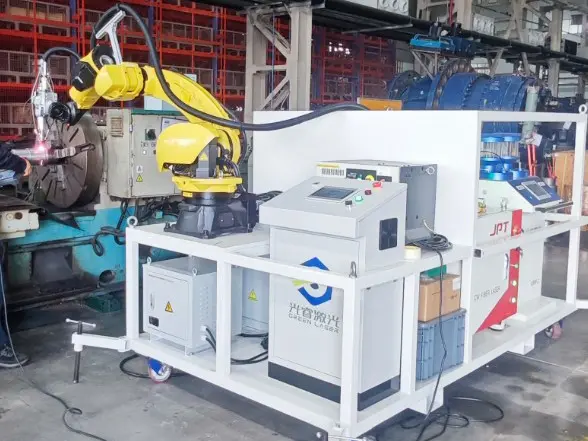
Live report: Laser cladding on the inner wall of the planet bracket pin hole, witnessing the art of industrial restoration
At 7:30 a.m., our technical team drove through the factory's damp concrete and parked in front of the customer's heavy machining workshop. Today, we were performing laser cladding on the inner wall of the pin hole for a critical component of the equipment—the planetary frame.

Laser quenching equipment has been exported to Vietnam, helping the upgrading of local manufacturing industry
Recently, a batch of high-precision laser quenching equipment developed in partnership with our company has officially departed for Vietnam. This marks a significant breakthrough in our company's Southeast Asian market presence, signaling that our advanced laser surface treatment technology has gained further international recognition. The equipment will inject new technological momentum into Vietnam's industrial manufacturing sector.
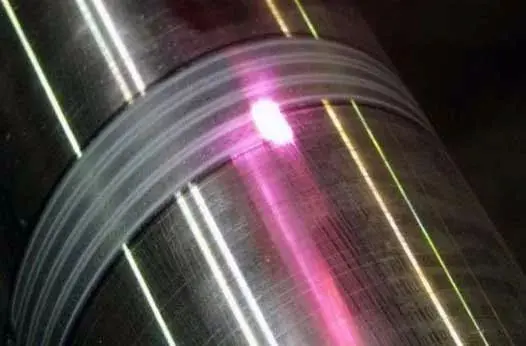
Laser quenching: a technological innovation to coat the roll body with hard armor
In modern industrial production, roller equipment such as rolling rollers, conveying rollers, and drying cylinders serve as the backbone of production lines. These components endure constant exposure to immense pressure, intense friction, high temperatures, and corrosive environments. The surface quality of these components directly determines production efficiency, product quality, and service life.

Application analysis of laser cladding remanufacturing technology for mechanical failure parts in mines
In the field of mining machinery engineering, extreme working conditions remain the core challenge hindering stable equipment operation. Underground mining environments are confined and narrow, with high-concentration dust continuously eroding equipment surfaces.

Analysis of material types and characteristics suitable for laser quenching technology
Ferrous metal materials (currently the most mainstream application)
1.Medium and high carbon steel (carbon content 0.3%~0.8%), typical materials: 45 steel (high-quality medium-carbon structural steel), designated as S45C in JIS standards, ASTM 1045/080M46, and DIN C45, is a premium carbon structural steel with the following chemical composition:
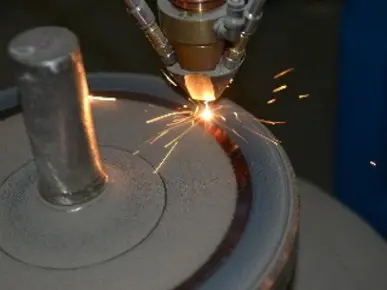
Application and development of laser surface quenching technology in automotive mold heat treatment
With the rapid development of the automotive industry and continuous advancements in manufacturing capabilities, automotive molds have become critical process equipment in automobile production. Their quality and performance directly determine the precision, lifespan, and production efficiency of automotive components.
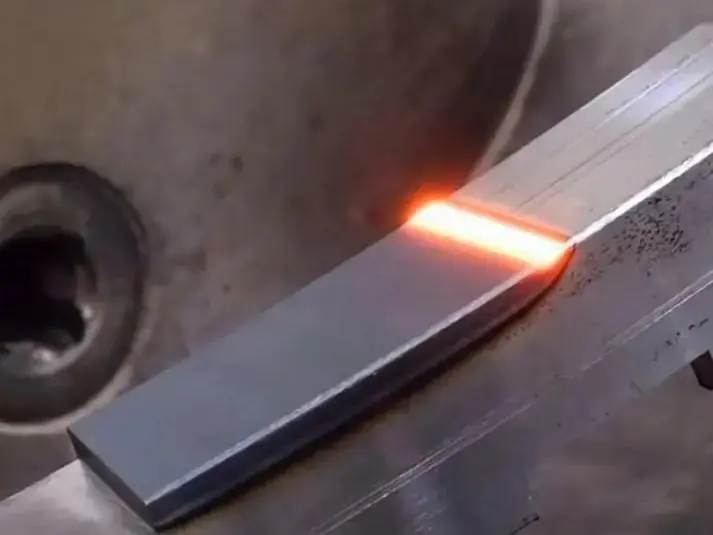
The principle, characteristics and application of laser quenching technology
Laser quenching is a cutting-edge process that uses high-energy laser beams to heat material surfaces beyond their phase transition points. As the material naturally cools, austenite transforms into martensite, creating a hardened layer with exceptional hardness and wear resistance on the product's surface.

Laser Cladding Technology: A Green Innovation that Equips Petrochemical Equipment with "High-Performance Armor"
In the petrochemical industry, a sector crucial to national energy security and the lifeblood of basic industries, the long-term, stable operation of production equipment is the lifeline for efficient and safe operations. However, extreme operating environments—high temperatures, high pressures, severe corrosion, and media erosion—constantly test the durability of core equipment.
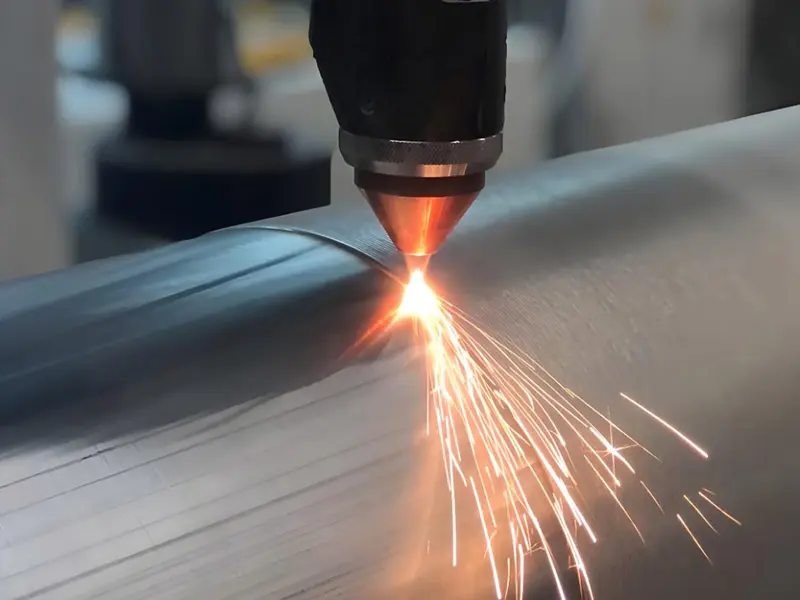
Laser cladding: a green regeneration technique that injects "super armor" into coal engines
Beneath the depths of coal mines, hydraulic support columns in fully mechanized mining systems oscillate under 10,000-ton pressures, scraper conveyor troughs grind against coal gangue, while hydraulic cylinders struggle to operate in humid and corrosive environments.
